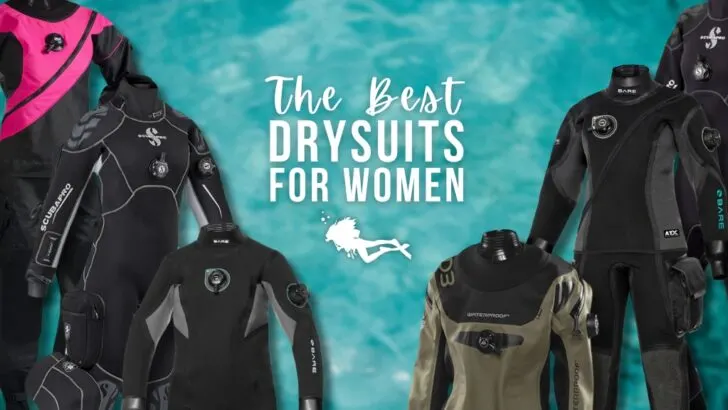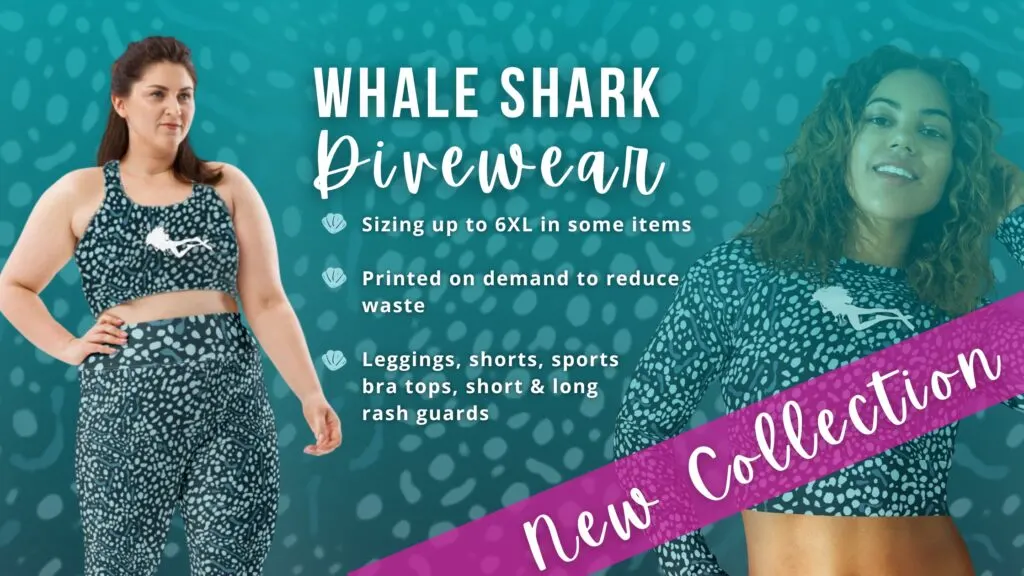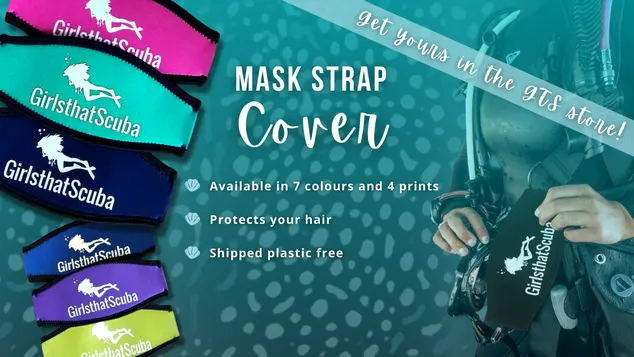When it comes to cold water diving, getting a great drysuit is SO important. Bad drysuits lead to leaks, buoyancy issues, feeling cold, and all-round miserable dives. Luckily for you, our Girls that Scuba community members know a thing or two about the best drysuits for women!
We’ve partnered with our friends at Scuba.com to bring you a rundown of some of the best women’s drysuits, as chosen by real women divers.
BARE
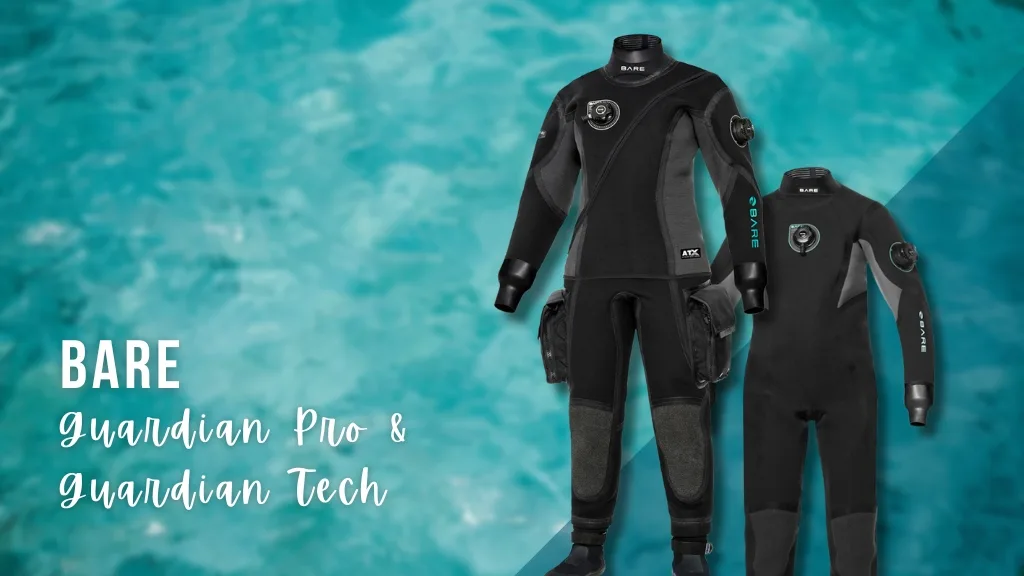
BARE is always a brand which comes up when women ask about great fitting wetsuits, and apparently their drysuits are no exception! We love that BARE have women involved in their design process. We’re willing to bet that this has a huge impact on why their suits are so well-loved by women divers.
BARE offer mostly trilaminate suits with a few neoprene models, too. Their neoprene suits in particular are often praised by women in our GTS community. The Guardian Pro and the Guardian Tech are common favourites.
Sizing is incredibly important when it comes to choosing a drysuit. We love that BARE’s size range includes 11 standard women’s sizes, with short and tall options available in some sizes. Having these different heights and sizes available makes their suits wearable for so many more women. Custom sizing is also available.
Fourth Element
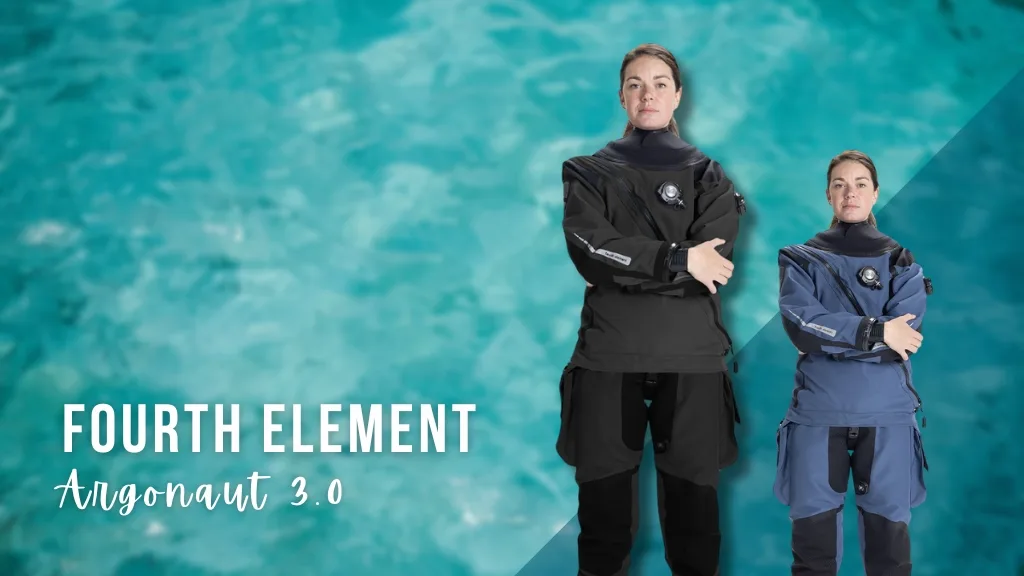
Fourth Element are well-loved for their durable and flexible exposure suits, and the Argonaut 3.0 is definitely one of the best drysuits for women.
The Argonaut 3.0 is a trilaminate drysuit with a wealth of clever design features to make you more comfortable underwater. Any cold water diver knows how restrictive drysuits can feel, but Fourth Element have completely redesigned the legs on the Argonaut for more freedom underwater.
Like many drysuits, the Argonaut is entirely customisable. You can change seals, valves, boots, pockets, and even choose to install a p-valve. The Argonaut is also fully made to measure, and the fitting can be done in person at a Fourth Element dealer or online via their BIOMAP system.
Opting for a completely made-to-measure suit is a luxury, but it’s one you won’t regret.
DUI
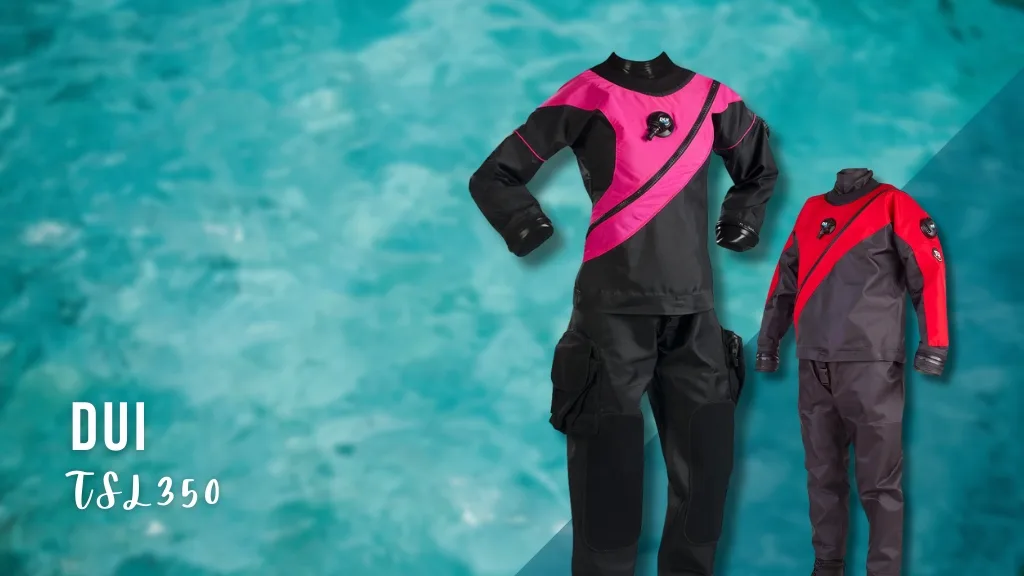
When our community discusses custom drysuits, DUI comes up time and time again. They offer a variety of trilaminate drysuits, all with a wide range of sizes and customisable features.
The DUI TSL350 comes particularly highly recommended by women divers. Our members who dive with this suit find that it’s comfortable and flexible, whilst still being strong and durable. It’s recommended by divers who need their drysuits to work really hard for them, from instructors to cave divers!
One of the best customisable features is the choice of zip. Deciding between shoulder zips or diagonal front-entry is always such a personal decision, but the TSL350 can be fitted with either option.
Our absolute favourite thing about this suit, though, is the choice of sizes. There are 18 sizes in total for women. You might not need to splurge for made-to-measure when there are so many size options to begin with!
Waterproof
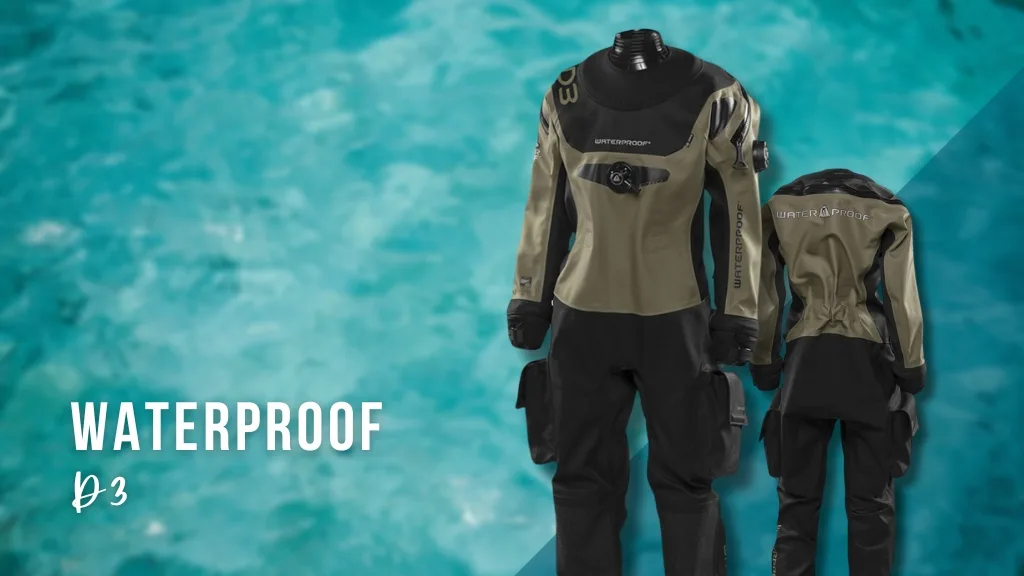
Like many of the other brands here, Waterproof are well known for the quality of their exposure suits. Their drysuits are no exception. Waterproof offer both neoprene and trilaminate drysuits, but it’s their trilaminate suit which is especially well loved by women divers.
The Waterproof D3 Drysuit is known for being lightweight, which is an unusual claim for a drysuit. This makes it a great option for the travelling drysuit diver. However, it might not be a great choice if you’re doing any heavier duty diving, such as tech diving or scientific diving. If there’s a chance of scraping your knees or elbows, or snagging your suit on a wreck, this may not be the suit for you.
When it comes to sizing, Waterproof’s range isn’t as wide as some of the other options in this guide. If you can get an off-the-peg size to fit you well, these are fantastic drysuits. However, you may have to have some alterations done after your purchase.
Scubapro
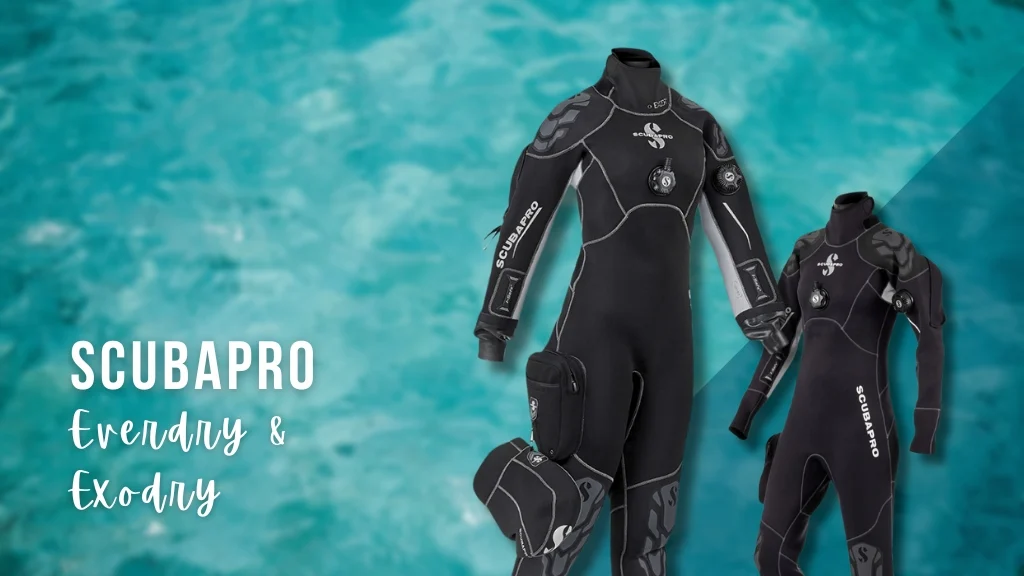
As a huge global brand, Scubapro’s drysuits are an accessible option for lots of divers. They’re a lot more affordable than many other competitors, and easy to service as they’re such a recognisable brand.
The entry-level Everdry is a great starter drysuit for women, and the Exodry has a few more hardwearing features which may appeal to some divers. However, like Waterproof, Scubapro doesn’t offer a huge range of sizes.
If you can find a suit which fits you well off-the-peg it could be a great option. If you need to get any costly third-party alterations done, though, it might be better to just opt for a more expensive custom suit in the first place.
Best Drysuit Undersuits for Women
When it comes to drysuits, your drysuit undergarments are just as important as the drysuit itself. This is especially true if you’re choosing a trilaminate drysuit.
It can be helpful to have different undersuit options for different temperatures to be able to get the most out of your drysuit. For this reason, many of our members love Fourth Element’s undergarments.
You can choose from different fabrics, styles, and thicknesses to create a custom layer which is ideal for the water temperature and your personal cold tolerance. We love the Arctic range for very cold temperatures underneath trilam suits. The thinner Xerotherm line is ideal to pair with neoprene drysuits.
Much like their drysuits, BARE’s base layers are also loved by women divers. The Polar Xtreme Full Suit is perfect for those super-cold destinations, and the Polar Stretch line offers lighter coverage for slightly warmer situations.
Are you a drysuit diver? Tell us about your favourite drysuit and undergarments in our Girls that Scuba Group!
Disclaimer: This article is sponsored by Scuba.com, however all views are our own. Sponsorships help us develop the Girls that Scuba community and continually offer helpful and inspiring content.

